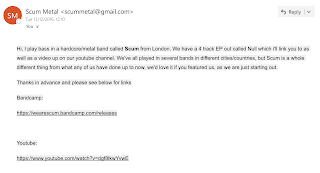Rowena Brown's ceramic pieces tend to adopt a 'weathered' look, through cracks, stains and chippings. Her house pieces are what interested me in her work, because of their abstract shape which reminds me of a traditional egyptian house with small windows and an open door.
Brown's range of house pieces stood out to me because of the intriguing technique called 'raku firing'. This technique involves the piece being taken directly out of the kiln and subjected to post-firing reduction; in other words, give the piece thermal shock. These technique seems limited with the facilities within the ceramics room.
However, through the advice of those working in the ceramics department I may be able to achieve a similar treatment through other methods, so it is worth asking.








































